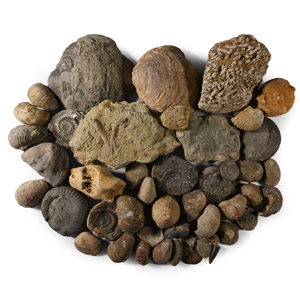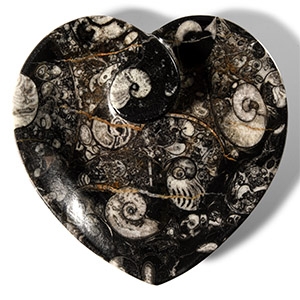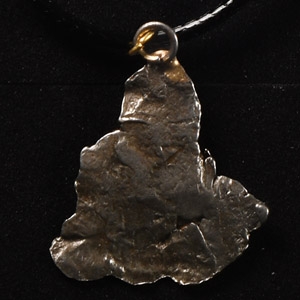Home > Auctions > 4 June - 8 June 2024
Ancient Art, Antiquities, Natural History & Coins
Auction Highlights:
Acquired from Newark Fossil and Gem Fair, circa 2012.
Ian Wilkinson collection, Nottinghamshire, UK.
Acquired on the London, UK, art market in the 1990s.
Ex London, UK, gallery.
From a Lincolnshire, UK, collection.
Property of a Cambridgeshire, UK, gentleman.
From a Cambridgeshire, UK, collection.
Property of a Cambridgeshire, UK, gentleman.
Acquired from Steve Arnold, co-star of 'Meteorite Men'.
Ian Wilkinson collection, Nottinghamshire, UK.
Classified as an iron meteorite belonging to the chemical group IIAB and with a coarse octahedrite structure. See Meteoritical Bulletin and database.
Sikhote-Alin is an iron meteorite that fell on February, 13, 1947 on the Sikhote-Alin Mountains in eastern Siberia. Though large iron meteorite falls had been witnessed previously and fragments recovered, never before in recorded history had a fall of this magnitude been observed. An estimated 70 tonnes of material survived the fiery passage through the atmosphere and reached the Earth. The strewn field for this meteorite covered an elliptical area of about 1.3 km2 (0.50 sq mi). Some of the fragments made impact craters, the largest of which was about 26 m (85 ft) across and 6 m (20 ft) deep. Fragments of the meteorite were also driven into the surrounding trees. The Soviet Union issued a stamp for the 10th anniversary of the Sikhote-Alin meteorite shower and this reproduces a painting by P. J. Medvedev, a Soviet artist who witnessed the fall: he was sitting in his window starting a sketch when the fireball appeared, so he immediately began drawing what he saw.
Dredged from the North Sea, probably from Brown Bank, Lowestoft, Suffolk, England, UK.
From the collection of a Norfolk, UK, lady collector.
Found North Sea, UK.
Ian Wilkinson collection, Nottinghamshire, UK, formed since 1985.
From the Green River Formation, south western Wyoming, U.S.A.
Collected between 1930 and 1960.
From the collection of the palaeontologist R Gledhill.
From a Cambridgeshire, UK, collection.
Property of a Cambridgeshire, UK, gentleman.
Acquired from various sources within the UK.
Ian Wilkinson collection, Nottinghamshire, UK, formed since 1985.
From a Cambridgeshire, UK, collection.
Property of a Cambridgeshire, UK, gentleman.
From a Lincolnshire, UK, collection.
Property of a Cambridgeshire, UK, gentleman.
A crater field of roughly 26 craters was found in the vicinity of this crater, which is estimated to date to 4-5 thousand years BP. The age of the meteorite itself is thought to be c.4.5 billion years, formed as part of the development of this solar system. The largest two fragments, the 30.8 ton Gancedo and 28.8 ton El Chaco, are among the heaviest meteorite masses ever recovered on Earth. In 1576, the governor of a province in Northern Argentina commissioned the military to search for a large mass of iron, which it was believed the local people claimed had fallen from the sky and which they used for their weapon production. The expedition discovered a large mass of metal which was assumed to be an iron mine and brought back a few samples, which were described as being of unusual purity. Following the legends, in 1774 Don Bartolomé Francisco de Maguna rediscovered the iron mass. He himself did not believe that the stone had fallen from the sky and assumed that it had formed by a volcanic eruption. However, he sent the samples to the Royal Society of London. In 1990 it became protected by law.
2017 - 2028 of 2809 LOTS

.jpg)

.jpg)
.jpg)
.jpg)



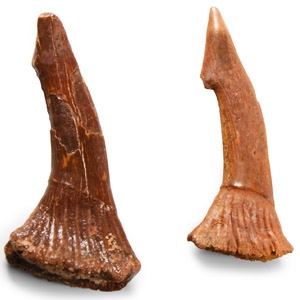
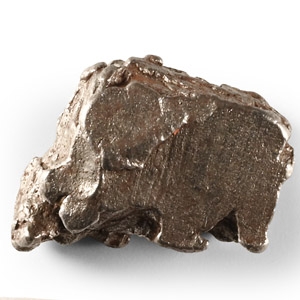
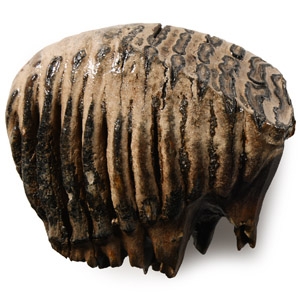
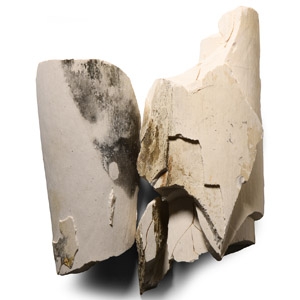
.jpg)

